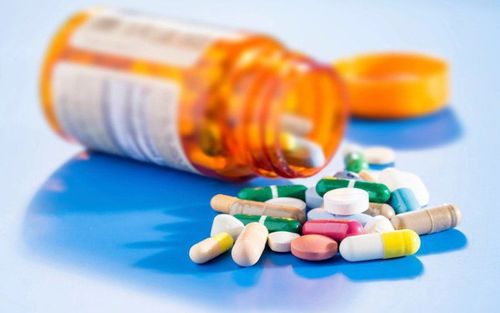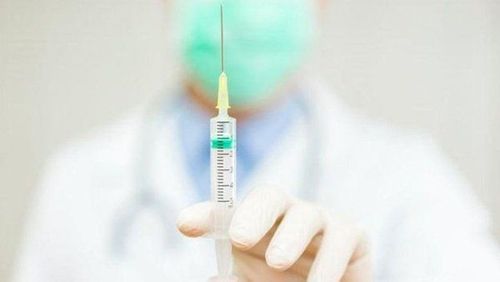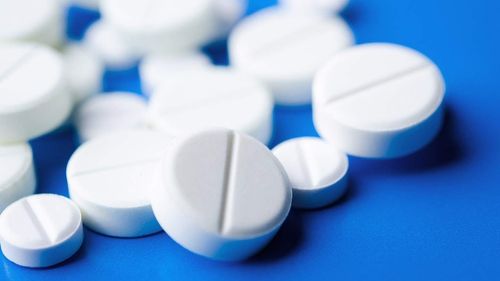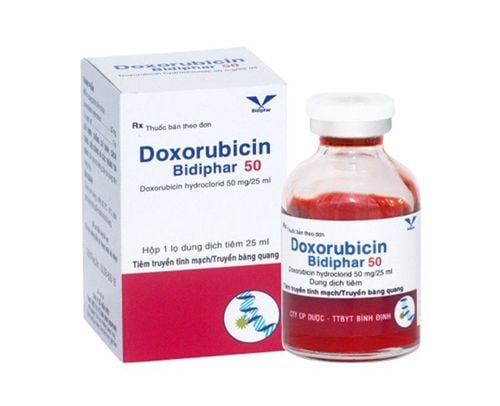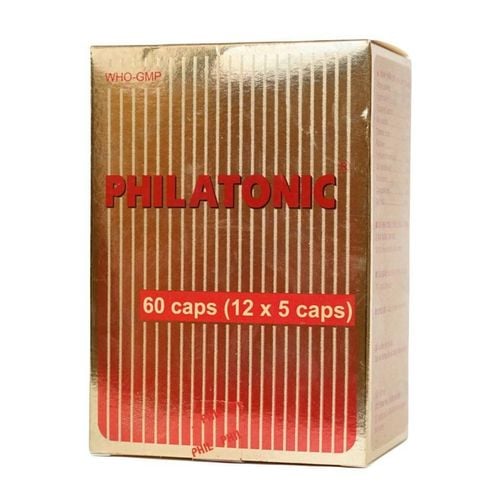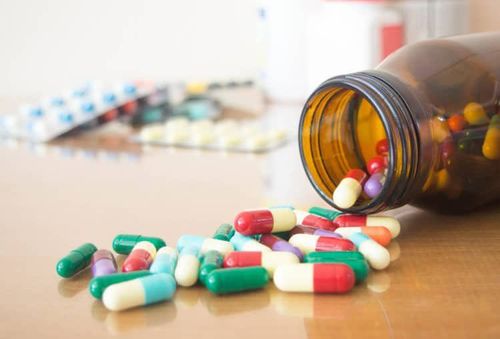This is an automatically translated article.
The article is written by Master - Doctor Le Van Binh - Doctor of Intensive Care Unit - Vinmec Times City International General Hospital.
Acute liver failure is acute liver dysfunction occurring within 8 weeks in a child with no history of liver disease. Consequences cause disturbances in consciousness and blood clotting disorders. Prognosis depends on the cause, extent of liver damage and complications. Mortality rates are as high as 20-60%.
1. Causes of acute liver failure in children
1.1 Viral hepatitis
Hepatitis A, B, C Dengue Hemorrhagic fever Cytomegalovirus Herpes simplex virus Epstein-Barr virus.
1.2 Poisoning
Acetaminophen Drugs Heavy metals: Arsenic Mushroom Amanita phalloides Antibiotics: Ampicillin-clavulanate, ciprofloxacin, doxycycline, erythromycin, isoniazid, nitrofurantoin, tetracycline. Salicylates (Reye syndrome). Immunosuppressants: Cyclophosphamide, methotrexate. Metabolic diseases: Reye's syndrome, Wilson's disease, Niemann Pick's disease. Hepatic vein thrombosis (Budd-Chiari syndrome), portal vein. Immune: Autoimmune hepatitis, hemophagocytic syndrome.

2. Complications of acute liver failure in children
Cerebral edema due to increased ammonia, 80% common in children with hepatic encephalopathy, causing high mortality Coagulation disorders Hypoglycaemia, Infections, Multi-organ failure.
Function of the liver for the body
3. Diagnosis of acute liver failure in children
3.1 History
Jaundice Vomiting, anorexia, fatigue, lethargy (early sign of acute liver failure). Timing of disturbances in consciousness Drugs used Vomiting, bloody diarrhea Prior liver disease Family history of liver disease.

3.2 Clinical examination
Vital signs Level of consciousness disorder: Based on the classification table of acute encephalopathy due to acute liver failure. Abdomen: Liver size, abdominal distension.
3.3 Tests
Blood count, platelets Blood sugar Liver function: ALT, AST, Bilirubine, Alkaline Phosphatase, Ammonia Renal function Coagulation function: Prothrombin time, aPTT Electrolyogram Abdominal ultrasound: Liver size, liver damage Blood culture
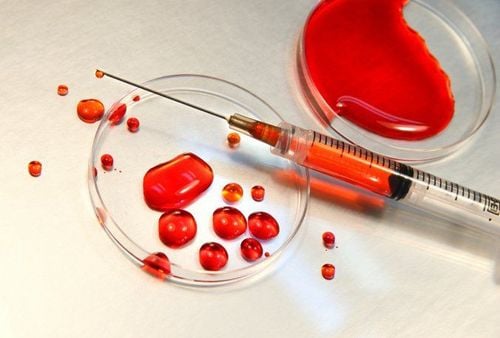
Test depending on the cause: Acetaminophen concentration in the blood (Acetaminophen poisoning). Quantification of copper ceruloplasmin (Wilson's disease). HbsAg, IgM anti-HBV, anti-HAV, anti-HCV, anti CMV, anti EBV (viral hepatitis). CT scan of the brain when there are focal neurologic findings or a differential diagnosis of neuropathy is required. Liver biopsy was performed when the clinical condition was stable and there were no signs of severe coagulopathy.
4. Treatment of acute liver failure in children
4.1 Support circulatory respiration
Airway clearance Oxygen ventilation Intubation mechanical ventilation: Consider early grade 4 mechanical ventilation to avoid increased cerebral edema due to hypoxia. Anti-shock if available: Sodium Chloride 0.9% or Ringer acetate 20ml/kg/hour. Avoid using Ringer lactate because in liver failure lactate cannot be converted to bicarbonate, resulting in hyperlactate in the blood.
4.2 Find and treat the cause
N Acetyl Cysteine: acetaminophen toxicity D Penicillamine: Wilson's disease Antivirals: Acyclovir (Herpes), Ganciclovir (CMV infection), consider Lamivudin (hepatitis B). Corticosteroids in autoimmune hepatitis.
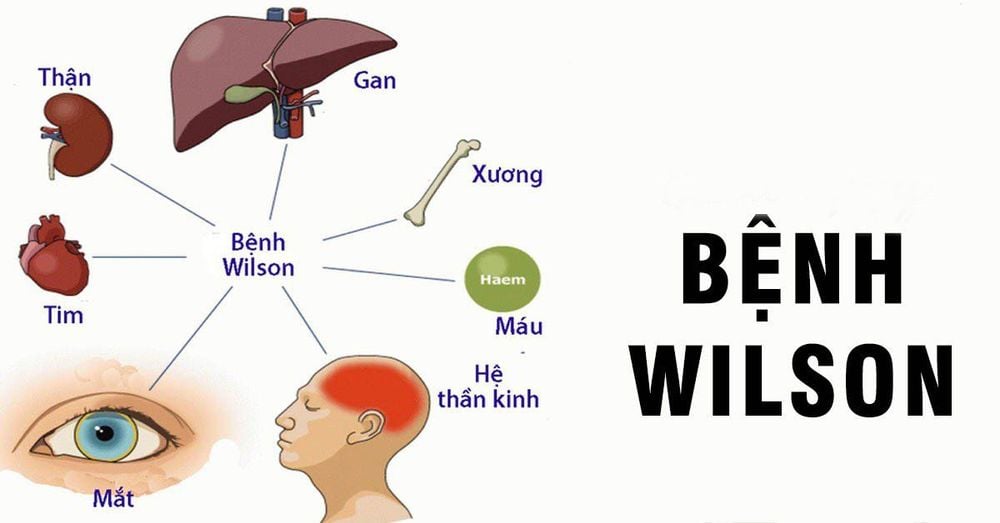
4.3 Limiting fluid, treating cerebral edema
Lying head high 30 degrees Increase ventilation, keep PaCO2 25 - 30 mmHg Limit fluid to keep CVP < 8 cmH2O Manitol 20% 0.5 - 1 mg/kg/time, can repeat as needed.
4.4 Treatment of hypoglycemia
Hypertonic Glucose 30% 1-2 ml/kg IV. Then maintain 10% Glucose with electrolytes.
4.5 Treat electrolyte disturbances if present, treat coagulation disorders
Vitamin K dose 30 μg/kg intramuscularly (maximum 10 mg/time) for 3 days Blood transfusion: Transfusion of erythrocytes 10 ml/kg when Hct <30% Fresh frozen plasma transfusion when severe coagulopathy PT > 60 s, INR > 1.5 or DIC Cryogenic infusion when Fibrinogen < 1 g/l Platelet transfusion when platelets < 50,000/mm3 with active bleeding. Antisecretory drugs, H2 . antagonists
4.6 Ammonia-reducing drugs
Lactulose: Oral (grade 1, 2, 3) dose 1ml/kg/time, 1-3 times/day, keep the patient loose stools 2-3 times/day. Enema (grade 4) dose 1-3 ml/kg/time, once a day, keep the patient loose stools 2-3 times/day. Neomycin oral dose of 3 mg/kg/time, divided into 2-4 times (grade 1, 2 and 3) through a nasogastric tube (grade 4).

4.7 Nutrition
Oral or gastric tube is selected.
5. Monitoring for acute liver failure in children
Vital signs, SpO2 Perception Gastrointestinal bleeding Amount of water in and out.
Please dial HOTLINE for more information or register for an appointment HERE. Download MyVinmec app to make appointments faster and to manage your bookings easily.
Common liver diseases and patient's nutrition
SEE MORE
How to check liver function? The role of imaging in some liver disease problems Hepatitis, drug-induced liver toxicity: What you need to know





